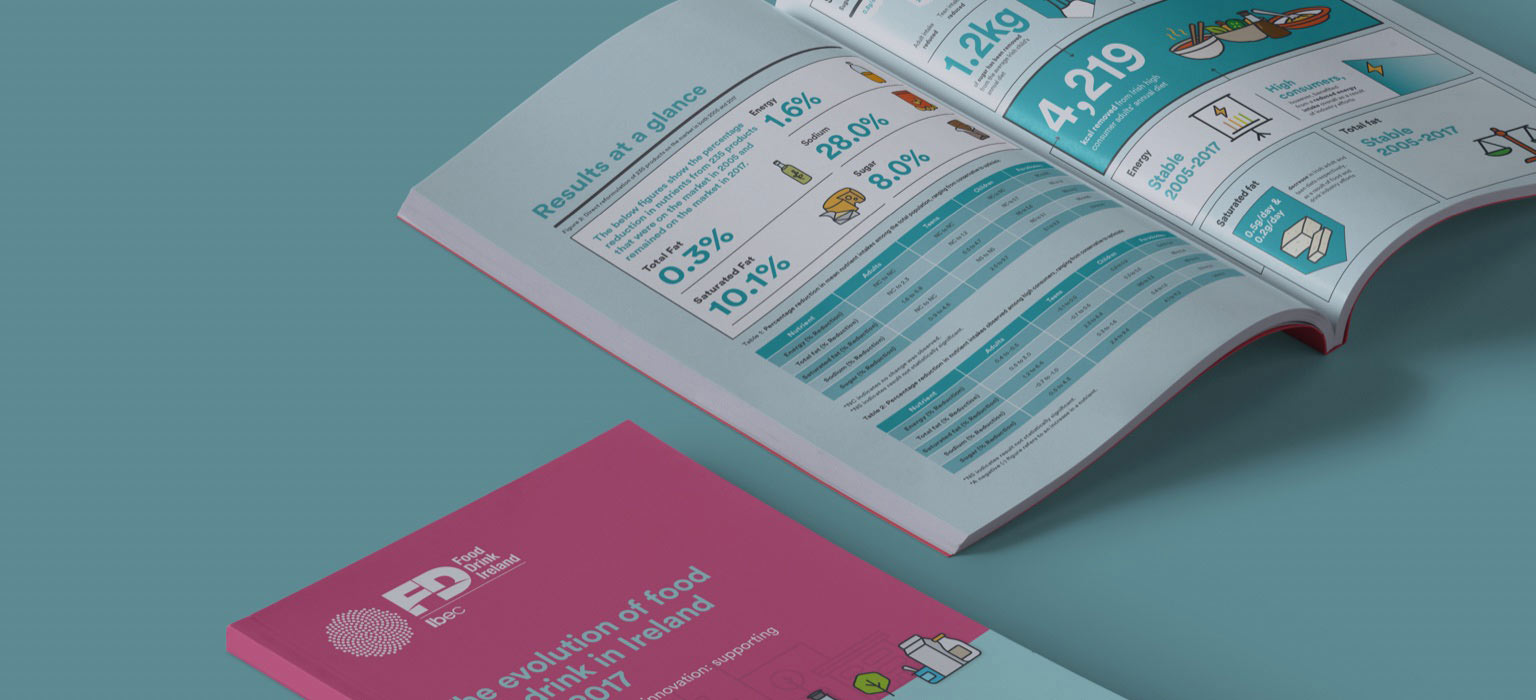AI in the food and beverage market is expected to grow tenfold by 2026 to around USD 30 billion by 2026. This significant growth is largely due to AI-based support systems, helping businesses innovate rapidly, and reducing the time to market. AI is essential for companies to move from a reactive approach to a proactive one, capable of foreseeing uncertainties and dealing with them before they occur. Our world is changing fast, consumer habits are changing faster, and to ensure a safe, secure and nutritious food, you need to keep up with the AI evolution.
Solving The Implementation Puzzle
For the most part, companies and organisations that have demonstrated the ability to collect and organise their data and use it alongside other public datasets, have shown the best chance of adopting AI solutions effectively. This ability of being able to deal with various data formats will form the basis of widespread adoption of AI throughout the food supply chain.
All foodstuffs suffer from the risk of microbial contamination with potential consequences of pathogenicity and/or spoilage. This is particularly an issue in food processing plants where throughput is high and varied, where many niches for microbial growth may exist, and where large numbers of consumers may be impacted by a contamination event. These microbial species do not exist in isolation, but many species can be found together forming a community that is known as a microbiome. Understanding the risk from microbial contamination means understanding the microbiome’s composition – which organisms are present and in what numbers. Compounding the problem, many bacteria (or other microbes) are non-culturable, either because they are unknown or because they are not recoverable using current growth media and conditions and so are intractable to conventional techniques.
Arriving At The Solution
The solution to that issue is to use DNA sequence data, which can now be obtained without the need for culturing the microbes beforehand. There are a number of different techniques to achieve this, but they all overcome the culturing problem and provide a catalog of the bacteria present in the particular microbiome under investigation. Combining this rich data source with the power of AI is driving a step change in food safety.
This is where predictive analytics and AI comes in. It has been shown that the presence of particular bacteria in a microbiome can create conditions conducive for the growth of other organisms. This means that the make-up of the microbiome can be predictive of the appearance of organisms of concern such as pathogens or food spoilage microbes.
In addition, the microbiome of the product itself is a valuable data source that can be used as part of new product development (NPD). In order to meet the ever changing consumer demands, new and innovative approaches are required to ensure novel, tasty and nutritious products as quickly and as safely as possible.
These are just two examples on how AI is impacting the food industry. And they are areas that Creme Global is currently active in. These complex and nuanced scenarios is what Creme Global excels at. Activating data, building models and using AI to get closer to modelling the real world and all its unpredictability.


